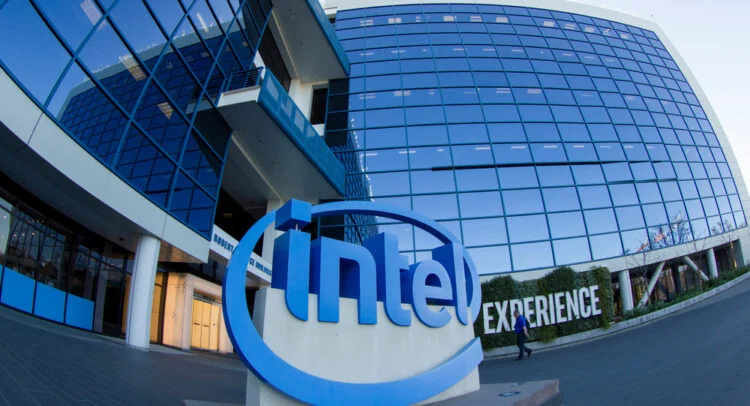Intel’s stock is experiencing notable resurgence, recently trading at approximately $38 per share, more than double its low of around $17 recorded earlier in 2024. This rally, however, hinges primarily on market sentiment rather than strong fundamentals, as the tech giant continues to face underlying pressures.
Historically, the last time Intel’s shares reached such levels was in April 2024, leading many to ponder whether the legacy chipmaker is on the brink of a comeback. Analysts project that while near-term valuation concerns linger, Intel’s long-term prospects might be more favorable, especially after securing significant partnerships, including a landmark deal with the U.S. government and a $5 billion investment from Nvidia.
A major component of this shift involves a recent agreement whereby Washington will convert $8.9 billion in CHIPS Act and Secure Enclave grants into approximately 433.3 million shares of Intel stock at a valuation of $20.47 per share. This arrangement equips the U.S. government with a non-voting equity stake of nearly 10%, effectively making it one of Intel’s largest shareholders. While this partnership presents an opportunity for enhanced governmental support, it raises concerns among foreign partners, given that 76% of Intel’s revenue comes from international markets, with 29% sourced from China.
Intel has positioned itself as a significant player in Western semiconductor manufacturing, and recent partnerships have sparked speculation about potential deals with prominent chip designers such as AMD and Samsung. The collaboration with Nvidia, which includes a 4% equity acquisition and a joint focus on AI infrastructure and personal-computer products, further strengthens this outlook.
Despite this momentum, Intel’s financial fundamentals are currently lackluster, with a year-over-year revenue decline of 3.7%, contrasting sharply with the sector’s 6.9% growth. Forward-looking earnings per share (EPS) are also projected to be negative at -15.8%, as opposed to a positive trend for the sector.
Notably, analysts are cautious about Intel’s future, with an average price target of $26.83, suggesting a potential downside of approximately 28% over the next year. This perspective is reflected in the broader consensus, which shows a mix of ratings: 2 Buy, 27 Hold, and 5 Sell.
While some investors remain optimistic, predicting a rise above $40 per share in the next 18 months, the road ahead is fraught with uncertainties. The success of future endeavors hinges on securing key foundry deals with external chip designers and ensuring competitive performance from new fabrication technologies. Furthermore, the execution of these plans amid heavy capital expenditures remains critical.
Investors should approach Intel with caution, recognizing both the potential for high rewards as well as the inherent risks. This high-risk, high-reward profile may not suit every portfolio, but Intel stands as a noteworthy contender for those willing to bet on the revitalization of Western semiconductor manufacturing, propelled by robust partnerships and government backing.






